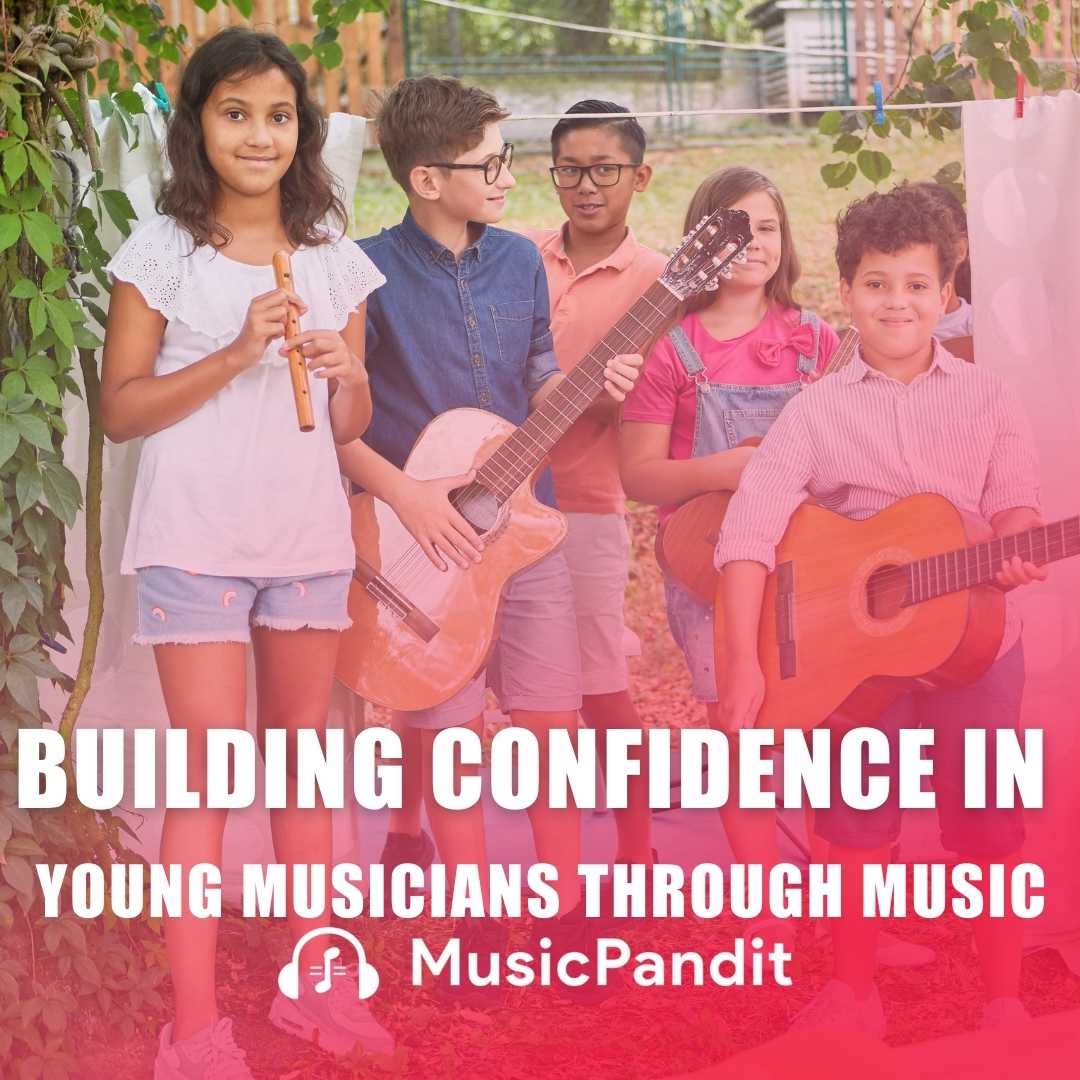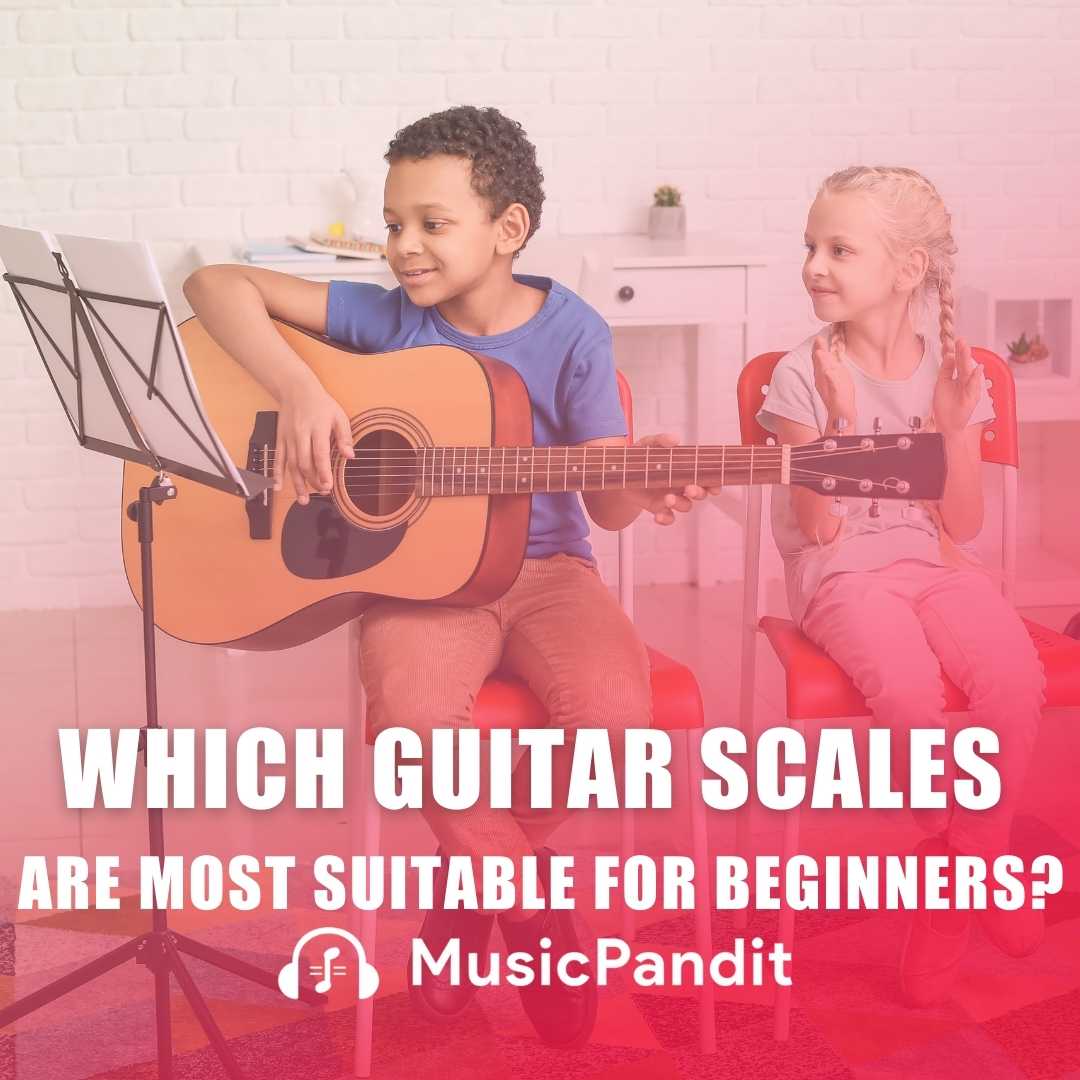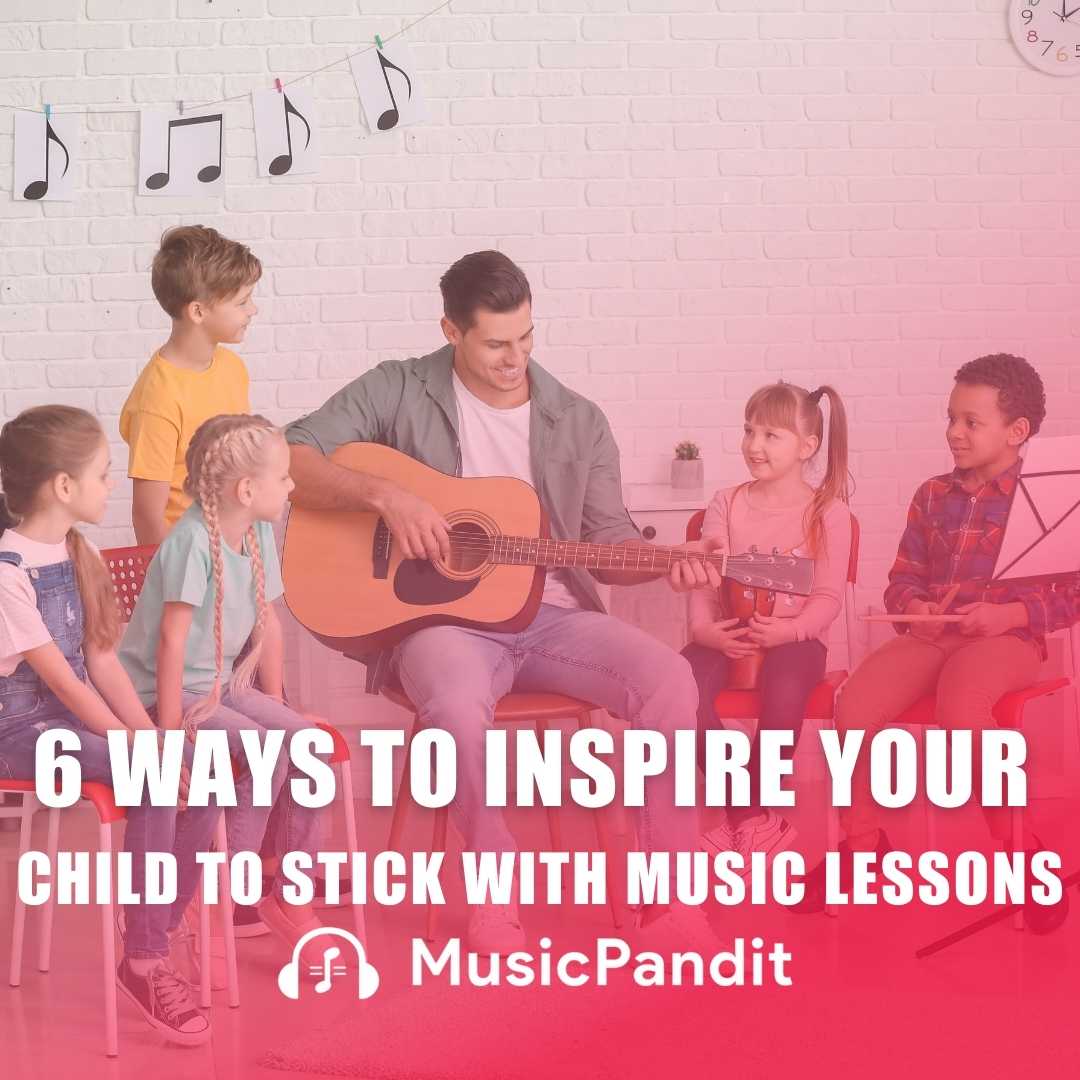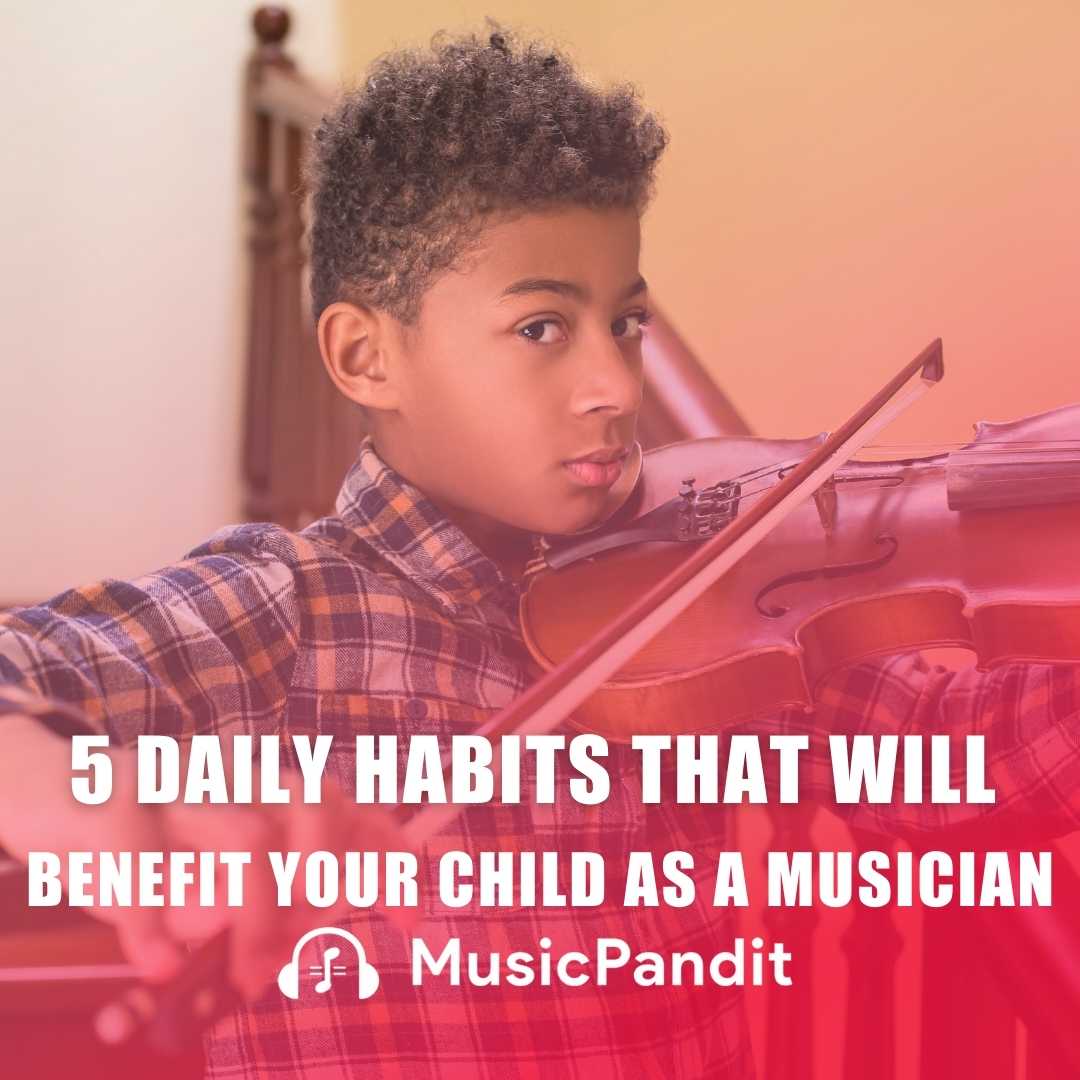Hindustani music, an Indian classical music form is one of the most popularly recognized styles of music within the country. It is characterised through its ragas or melodic structures, artist-based improvisations, and expressive and emotive vocals and instrumentals. If we look back the roots of Hindustani music, it lies in the Classical music of India which also varied from what is now called Carnatic song within the 12th Century.
Well, Hindustani vocal music is truly an interesting genre wherein singers can explore different forms and become a more versatile musician. We will study the different musical forms of Hindustani vocal music that children can explore in their musical journey. Let’s start with the origin of Hindustani music.
Hindustani Vocal Music Origin
At their centre, both Hindustani music and Carnatic music are based on the melodic musical more or raga that’s sung in a rhythmic cycle or tala. These are the status pillars of the 2 Indian classical forms. However, they both have distinct scales and ordinary approaches. While Hindustani song offers the singer greater room for improvisation and innovative exploration, Carnatic tune is inflexible in its established compositions and targeted rhythmic patterns. These principles had been delicate in the musical treatise Natya Shastra when Hindustani track broke away from Carnatic song.
The Sangita Makarandha by Narada is probably the earliest text that holds a shape and rule just like the Hindustani classical tune we exercise nowadays. It is a treatise that holds definitions, descriptions, and comments on all of the historic authors of enormous tracks ranging from Bharata Muni to Sharangdeva. It names and classifies the artwork preceding the Persian affects that altered the device and paid special interest to the treatment of the Ragas and the categorization of them into male, girl, and impartial.
(Delhi Sultanate and the Mughals )
In mediaeval instances, a substantial quantity of Persian influence may be visible in Hindustani song, specially at some stage in the reign of the Delhi Sultanate accompanied by using the Mughals. Musicians obtained beneficent patronage from the brand new ruler’s court which made them take an interest inside the local musical forms. The musicians quickly adopted elements of both the Hindu subculture with sunglasses of Muslim ideas which brought about semi-classical musical paperwork like Qawwali.
(Bhakti Movement)
Some of the most famous musicians within the Islamic courts have been Amir Khusrau in the twelfth Century and later Tansen inside the fifteenth Century. The Bhakti motion that commenced within the 12th century additionally performed a huge function in shaping Hindustani track the way we comprehend it today. Composers like Kabir, Guru Nanak, and Meerabai wrote devotional songs in praise of their lord which reached and stimulated heaps in their followers. As the Mughal Empire ceased to exist, the music patronage continued in the smaller princely kingdoms of Awadh, Patiala, and Banaras that are today referred to as the distinct Gharanas or schools of Hindustani song.
While the tune patronage declined and the Bhakti movement changed into a way of life, what stayed via it and helped lots of humans changed into track. In the contemporary era, this tune is still performed and sung through people from all walks of lifestyles. While the Muslim masters are called“Ustad’s” the Hindu masters are referred to as “Pandits” and they’re each observed to play and sing this form with pure passion, upholding the status and legacy this artwork shape consists of.
Different Forms of Hindustani Vocal Music
Khayal:
Khayal is an exceedingly established and improvisational form in Hindustani classical song. It emerged around the 18th century and is characterised by its flexibility, allowing artists to show off their creativity via elaborate melodic improvisations within a selected raga (melodic framework). Khayal compositions usually consist of elements: the vilambit (sluggish-pace) section and the drut (fast-tempo) segment. What makes Khayal unique is its emphasis on emotive expressions, tricky ornamentations, and the capability of the artist to weave complex rhythmic patterns (layakari) and speedy-paced taans (melodic runs) seamlessly into the composition, creating a charming musical narrative.
Dhrupad:
Dhrupad is one of the oldest kinds of Hindustani classical song, with roots dating again to ancient scriptures and traditions. It is characterised by way of its austere and meditative nature, focusing on the purity of ragas, unique intonation, and elongated alaaps (non-metrical improvisations) that regularly spread the essence of the raga. Dhrupad compositions are traditionally completed inside the chauka (four-beat) taal and frequently function majestic bandishes (compositions) with elaborate layakari (rhythmic play). What makes Dhrupad special is its deep religious and devotional high-quality, the emphasis on maintaining the purity of notes (swaras), and the meditative journey it takes each the artist and the listener on.
Dhamar:
Dhamar is a rhythmic and celebratory shape of Hindustani classical music, carefully related to the pageant of Holi. It is done in a 14-beat cycle called Dhamar taal, characterised with the aid of its playful and vibrant compositions that evoke the festive spirit. Dhamar compositions regularly depict playful scenes of Lord Krishna’s interactions with the gopis (milkmaids) at some point of Holi, full of rhythmic complexities, problematic bols (syllables), and melodic versions. What makes Dhamar special is its affiliation with joyous celebrations, the complicated rhythmic patterns that venture the artist’s prowess, and the active ecosystem it creates all through performances.
Tappa:
Tappa originated from the folk traditions of Punjab and evolved into a fascinating shape in Hindustani classical music. It is thought for its fast-paced tempo, intricate taans (melodic runs), and rhythmic complexities. Tappa compositions regularly blend classical ragas with folk melodies, showcasing a continuing fusion of musical patterns. What makes Tappa unique is its lively and lively nature, the problematic ornamentations that task the artist’s agility and management, and its capability to bridge the worlds of classical and folk music, attractive to an extensive variety of audiences.
Tarana:
Tarana is a rhythmic and dynamic shape of Hindustani classical music, characterised by its use of rhythmic syllables (bol-banav) in vicinity of lyrical words. It is performed at a quick pace, specialising in rhythmic improvisations and elaborate taans (melodic styles). Tarana compositions frequently function with repetitive rhythmic motifs and playful versions, creating a colourful and active musical experience. What makes Tarana unique is its rhythmic complexity, the emphasis on layakari (rhythmic play), and the artist’s ability to weave tricky patterns of bols into a cohesive and exciting performance, attracting the mind and feelings of the listeners.
Thumri:
Thumri is a semi-classical shape of Hindustani vocal song recognised for its emotive expressions, romantic themes, and lyrical splendour. It emerged as a lighter genre in comparison to classical forms like Khayal and Dhrupad, that specialise in conveying feelings including love, longing, and human stories. Thumri compositions often include elements of folk music and are characterised via their fluidity, ornamentations (murkis), and melodic grace. What makes Thumri special is its emotional depth, the capability to attach deeply with listeners via poignant lyrics and expressive nuances, and the freedom it offers artists to discover a number of feelings within a melodic framework.
Hori:
Hori is a festive musical shape carefully related to the spring festival of Holi. It celebrates the vibrant colorings, joyous spirit, and playful revelry of the season. Hori compositions frequently depict scenes of Lord Krishna playing with colours, dancing with Radha and the gopis, and embodying the blissful essence of spring. Musically, Hori is characterised through active rhythms, energetic melodies, and playful improvisations that capture the festive mood. What makes Hori special is its connection to cultural celebrations, the depiction of mythological narratives via music, and the lively and colourful atmosphere it creates for the duration of performances.
Bhajan:
Bhajan is a devotional musical shape that expresses deep spiritual sentiments and reverence. It is characterised with the aid of its cognizance on non secular topics, devotion to deities or spiritual figures, and the expression of faith and devotion through song. Bhajans can range in fashion, from simple melodies with heartfelt lyrics to extra complicated compositions with intricate ragas and taals. What makes Bhajan special is its capability to uplift the soul, create a sense of non secular connection, and evoke emotions of devotion and peace amongst listeners.
Dadra:
Dadra is a light classical musical form with a lilting 6-beat rhythmic cycle, also known as Dadra taal. It is regularly related to romantic issues, joyous moments, and expressions of love and playfulness. Dadra compositions normally feature melodious terms, mild rhythmic patterns, and expressive versions that highlight the beauty of simplicity and beauty in song. What makes Dadra unique is its melodious attraction, rhythmic grace, and the capability to seize moments of pleasure, love, and smooth feelings within a concise musical framework.
Chaiti:
Chaiti is a musical shape sung during the pageant of Chaitra Navratri, celebrating the appearance of spring. It displays the splendour of nature, new beginnings, and the blossoming of plants during this auspicious time. Chaiti compositions often feature lyrical imagery of springtime, vibrant melodies, and rhythmic variations that seize the essence of the season. What makes Chaiti special is its thematic richness, the portrayal of seasonal transitions through tune, and its affiliation with cultural festivities and celebrations.
Chaturanga:
Chaturanga is a completely unique musical shape that blends factors of Dhrupad, Khayal, Tappa, and Tarana inside a single composition. It showcases the artist’s versatility, mastery over one-of-a-kind musical patterns, and potential to seamlessly transition among rhythmic patterns, melodic intricacies, and improvisational techniques. What makes Chaturanga unique is its fusion of diverse musical factors, the innovative exploration of a couple of genres within one piece, and the complexity it adds to the artist’s repertoire, hard on their inventive ability and creativity.
Trivat:
Trivat is a structured musical form that harmonises poetry with melodic expressions. It is divided into three components: sthayi (primary verse), antara (2nd verse), and sanchari (conclusion), each depicting extraordinary aspects of the lyrical content material. Trivat compositions focus on both the lyrical intensity of the poetry and the melodic beauty of the song, creating a cohesive and expressive musical narrative. What makes Trivat unique is its integration of literary and musical elements, the exploration of thematic variations inside an established framework, and the synergy between poetry and tune in conveying emotions and tales.
Conclusion
Meanwhile, Hindustani music has experienced widespread evolution in modern times, seamlessly mixing conventional elements with contemporary influences. This evolution is most evident in Bollywood music, wherein the richness of classical forms like Khayal, Thumri, and Bhajan has infused movie ratings with depth and emotional resonance. Bollywood composers often draw on the intricate melodic systems and rhythmic styles of Hindustani music to create songs which can be each progressive and rooted in culture. This fusion not only preserves the essence of classical music, but also makes it available to a broader audience, making sure its relevance in the latest cultural landscape.
The versatility and emotive strength of Hindustani music continue to inspire new generations of musicians and listeners. As Bollywood song evolves, the classical underpinnings offer a foundation for creativity, allowing composers to explore new musical territories whilst honouring the rich history of Indian classical music. This dynamic interplay among traditional and modernity enriches the musical enjoyment, allowing audiences to enjoy a diverse array of sounds and patterns. I mean the most common show that we can relate to is the Coke Studio. All in all, Hindustani music’s influence on Bollywood is a testimony to its enduring appeal and adaptability, proving that classical music can thrive and evolve in present day settings.
Well, students have an opportunity to learn this artform in a modern setting also. By enrolling in our online Hindustani vocals classes students can learn everything from ragas to trendy Bollywood songs.














